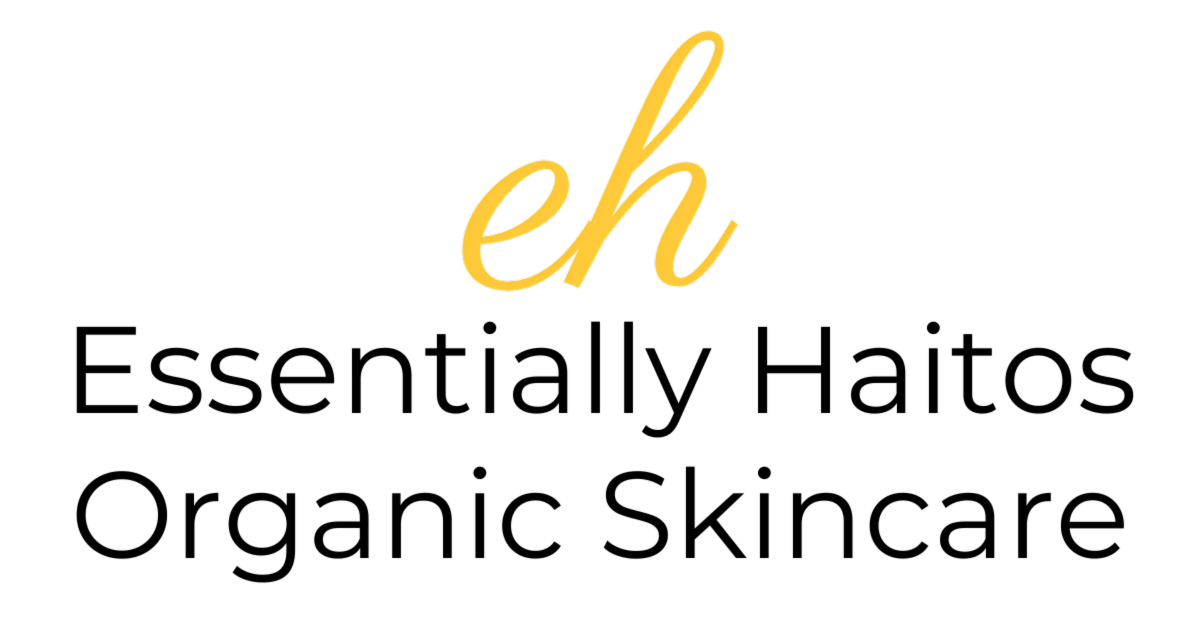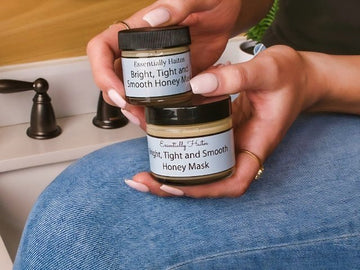Why did Alicia and I create Essentially Haitos? Partly because of the overwhelm we both experienced when trying to select appropriate skin care products. Reading skin care labels was (and still can be) totally confusing – and scary at times! What IS all of this stuff I am putting on my face?
When comparison shopping – as all “informed” beauty nerds do – I didn’t know enough about what I was reading to even make a comparison (are the words even in English??). What’s a beauty nerd to do – investigate, take some classes, and learn from the best, of course!
Lorraine Dallmeier (Director at Formula Botanica, which is where I study natural organic skin care formulation) explains why you don’t need a chemistry degree to understand the labels of your skin care products. Read on for the first of a three part series on how to decipher those labels.
The Insider’s Guide to Reading your Skincare Label – Part 1: The Basics
When you turn over your skincare jar and start reading the label, it’s easy to feel overwhelmed and confused by the cosmetic names you’ll find on the back. It might sometimes even feel like you’re reading another language. After all, why does your favorite skincare brand have to write the word ‘aqua’ when they really just mean they’ve added water to their formulation?
I’ve prepared a three-part series for you to demystify the language on the label. In this first part we’ll cover the basics on reading the label. Let’s get started.
Why are my skincare ingredients written in another language on the label?
The ingredients on your label are listed using a system called the International Nomenclature of Cosmetic Ingredients, otherwise known as INCI (pronounced as “inky”). The INCI system is used all over the world and is mandatory in many countries.
Beauty brands are legally required to list their ingredients using INCI, which is great for standardization throughout the world (because you’ll see the same ingredient names on your bottle regardless of whether you are in Latvia or England) but not so great if you’re a shopper and not a chemist.
Are the ingredients listed in any kind of order on the label?
Yes, they are! The first ingredient on the list will form the largest percentage of the whole formulation. This is why you often see ‘Aqua’ listed first on the label because some shampoos or lotions consist of over 70% water. The ingredients are then listed in descending order, all the way down to 1%. After they reach the 1% level, the ingredients can then be listed in any order.
Where can I look up skincare ingredients?
The best place to look up cosmetic ingredients to find out what they are is the CosIng database, managed by the European Commission. This database will tell you what the ingredient is in plain English. It will also tell you how it functions in the formulation.
If you want scientific information about the ingredients themselves, there are a number of small handbooks which can provide a good starting point. I like Milady’s Skin Care and Cosmetic Ingredients Dictionary, which is an affordable book for people who want to understand a bit more about their cosmetic ingredients. (Karen here – I bought my copy on Amazon for approximately $35.)
Are there any obvious patterns to look for on my skincare label to know what’s in the formula without having to look it up?
Beauty shoppers don’t want to sit through a chemistry degree to read their skincare labels, so it’s understandable that you’d want to look for easily recognizable patterns. You might for instance think that all silicones end in ‘cone’, but chemistry isn’t always that straightforward. Although there are always general rules of thumb when it comes to chemical names, it is best not to try to look for patterns.
A good example is cetyl alcohol which is a fatty alcohol used in cosmetics as a thickener, emulsifier and emollient. Shoppers sometimes think this is the same as alcohol, which is a completely different chemical!
I recommend buying a cosmetic ingredients dictionary or using the CosIng database if you’re ever interested in learning more about an individual ingredient.
I sometimes see chemical-sounding names like ‘linalool’ and ‘geraniol’ at the end of the skincare ingredients on my label. What is this?
In the EU and several other countries around the world, brands are legally required to list any of 26 potential allergens/sensitizers on the label, once they are present in concentrations over 0.01% in rinse-off or 0.001% in leave-on formulations. (NOTE: in the US, this level of labeling is not required, but you may see it on some products that are sold here and in other countries.)
These sensitizers are typically found in fragrances and are thought to cause an allergic reaction for a small percentage of people. Many brands typically list them in italics at the end of the skincare label and tell you they’re naturally occurring compounds found in essential oils.
I hope this has given you some pointers on how to read your skincare label. Stay tuned for part 2 of my blog post on ‘how to read your skincare label’, in which we’ll be finding out whether you can determine the origins of your skincare ingredients when reading the label.







